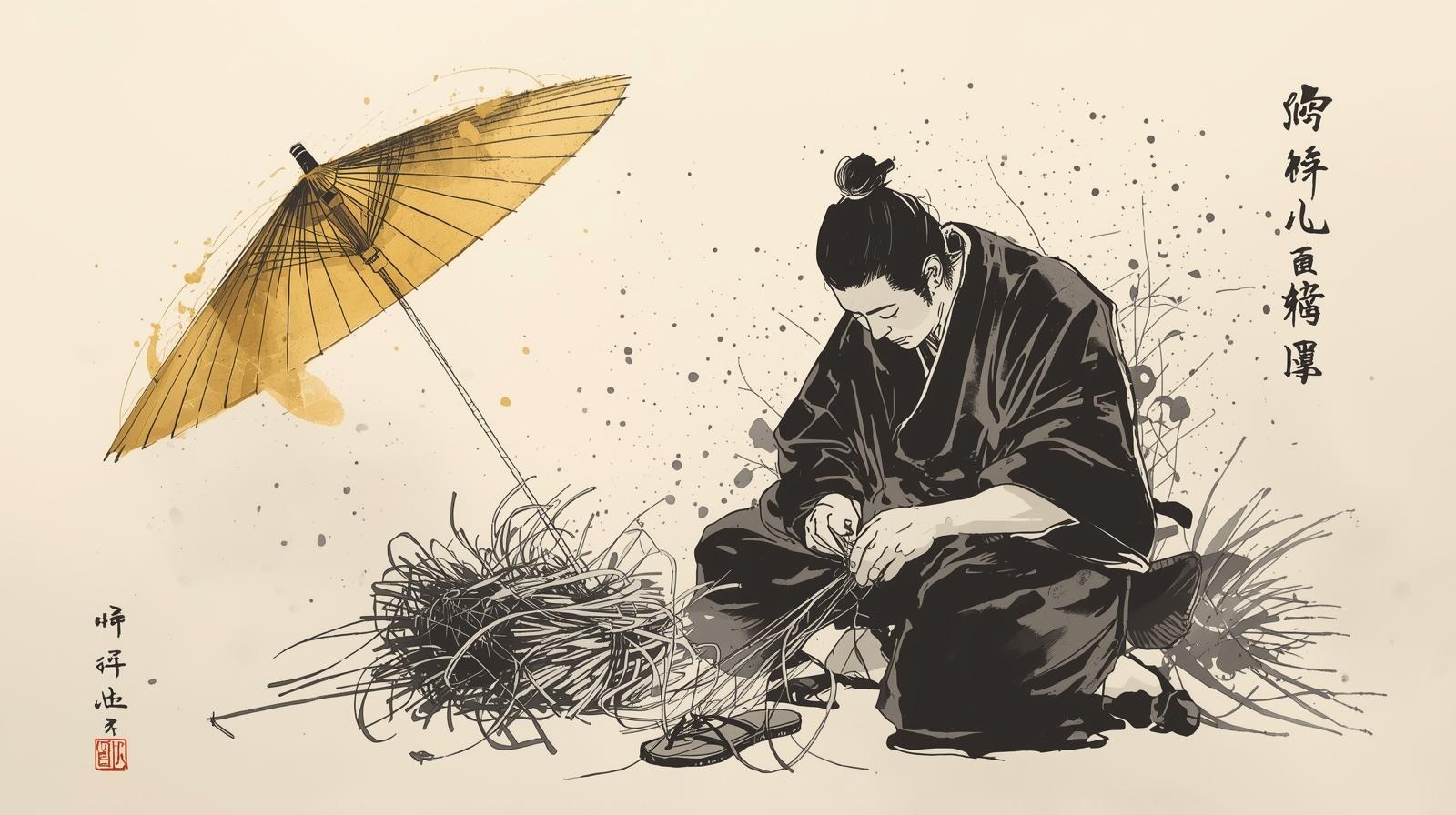1. When Peace Became a Burden
For centuries, the samurai lived by the sword.
But during the Edo period (1603–1868), peace lasted too long.
With no wars to fight and shrinking stipends, many low-ranking samurai struggled to survive.
Honor didn’t fill their rice bowls — so they found new ways to live.
2. The Samurai’s Side Hustles
These proud warriors quietly began side hustles.
Some made straw sandals (waraji) or paper umbrellas, while others opened small schools (terakoya) to teach reading and writing.
A few even wrote books or translated Chinese texts for extra income.
They worked with their hands, not for greed — but to protect their families with dignity.
3. From Pride to Practicality
Edo Japan was a world of hierarchy.
For a samurai, doing manual labor was once unthinkable.
Yet, as poverty spread, survival required humility.
Working was no shame — laziness was.
In their quiet struggle, they redefined what it meant to live with honor.
4. A Lesson for Modern Times
Today, millions seek “side hustles” for freedom or passion.
But the samurai remind us:
“A side hustle is not only about money — it’s about maintaining spirit in uncertain times.”
Even in peace, discipline was their weapon.
And their story still guides us toward balance between duty and independence.



Comments